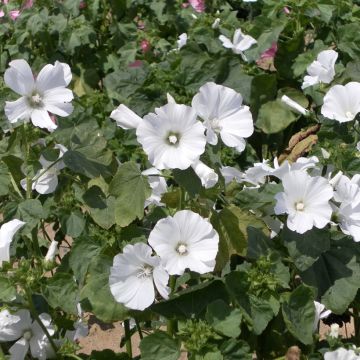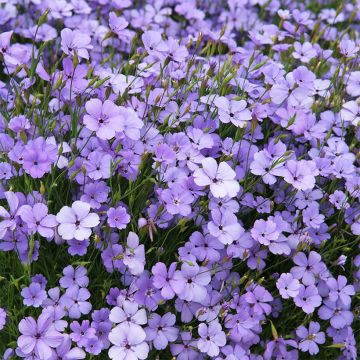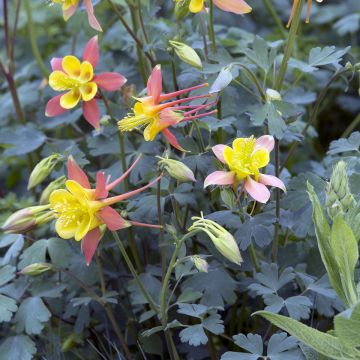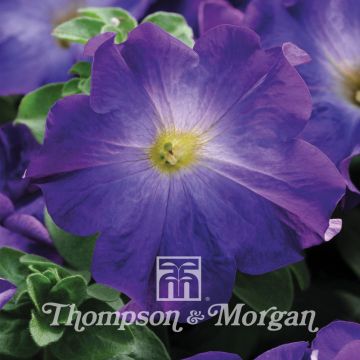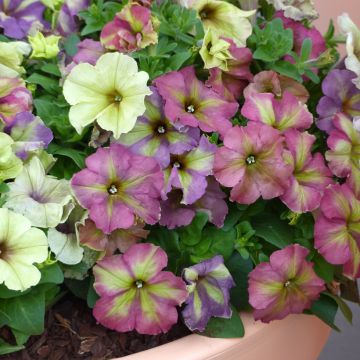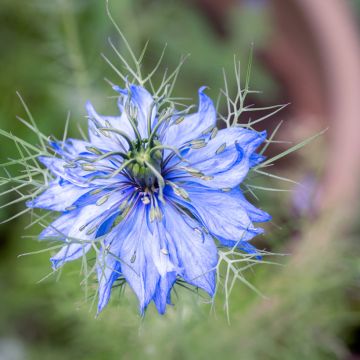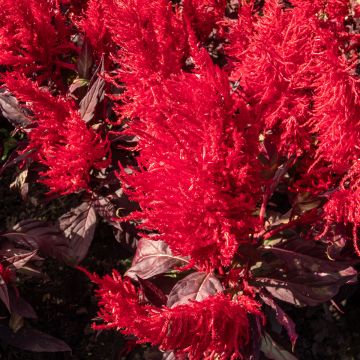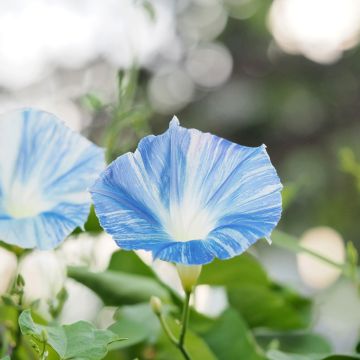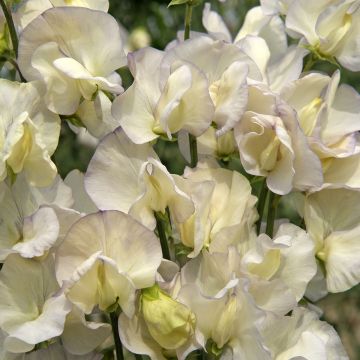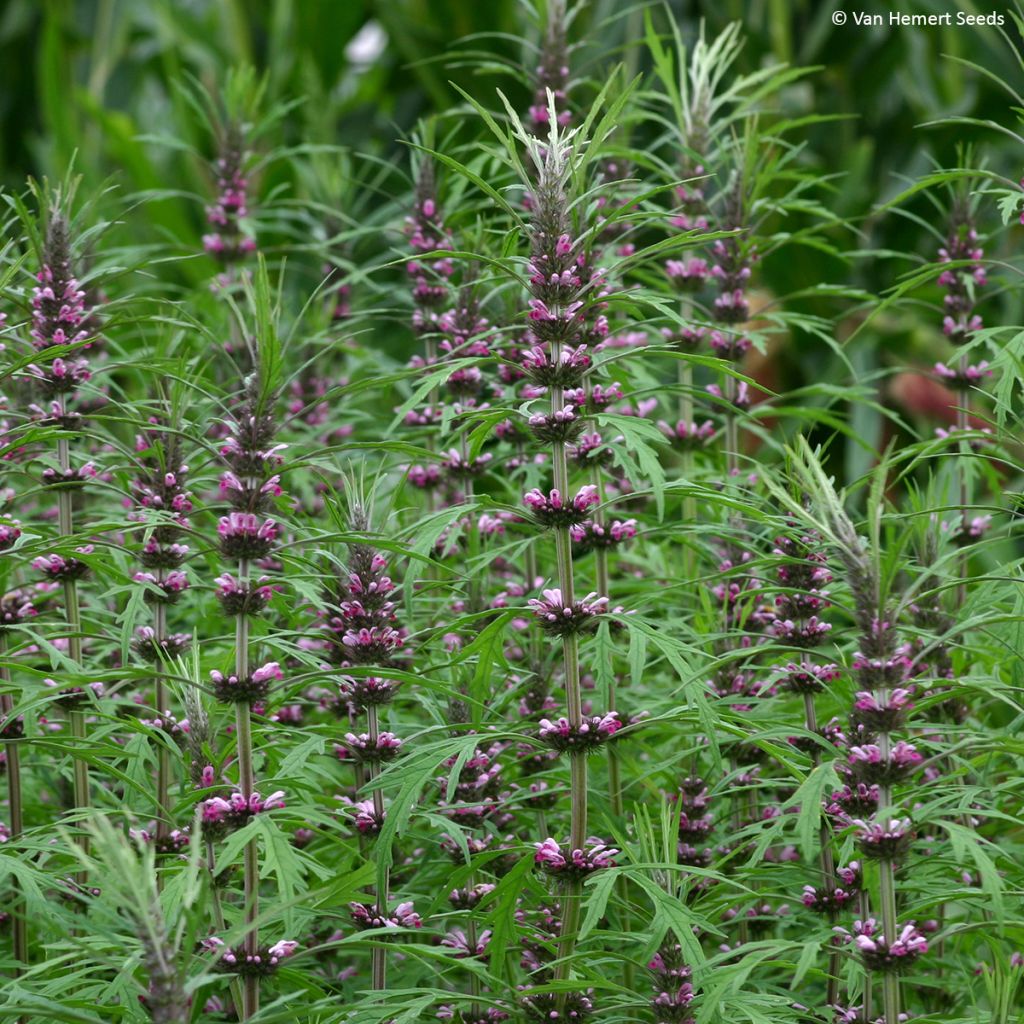

Salvia sclarea var. turkestanica Seeds - Clary Sage
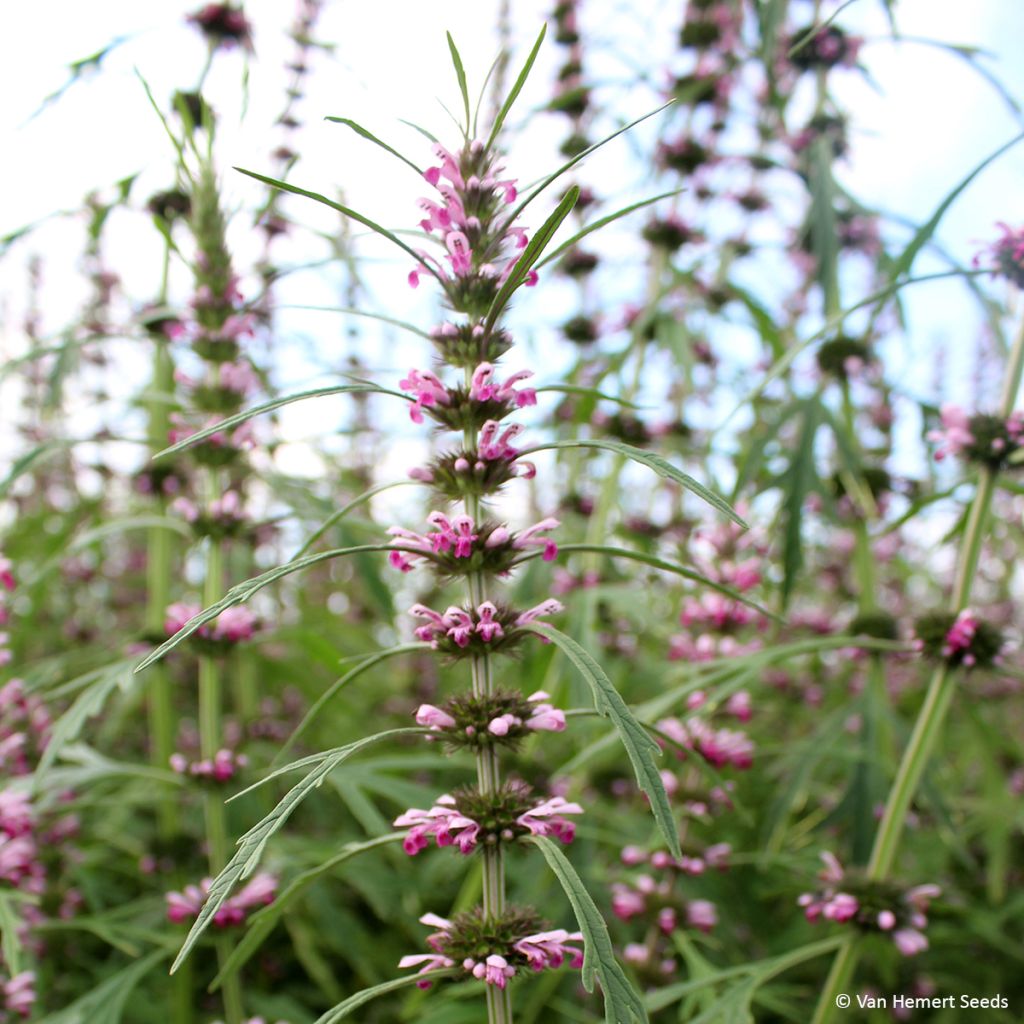

Salvia sclarea var. turkestanica Seeds - Clary Sage
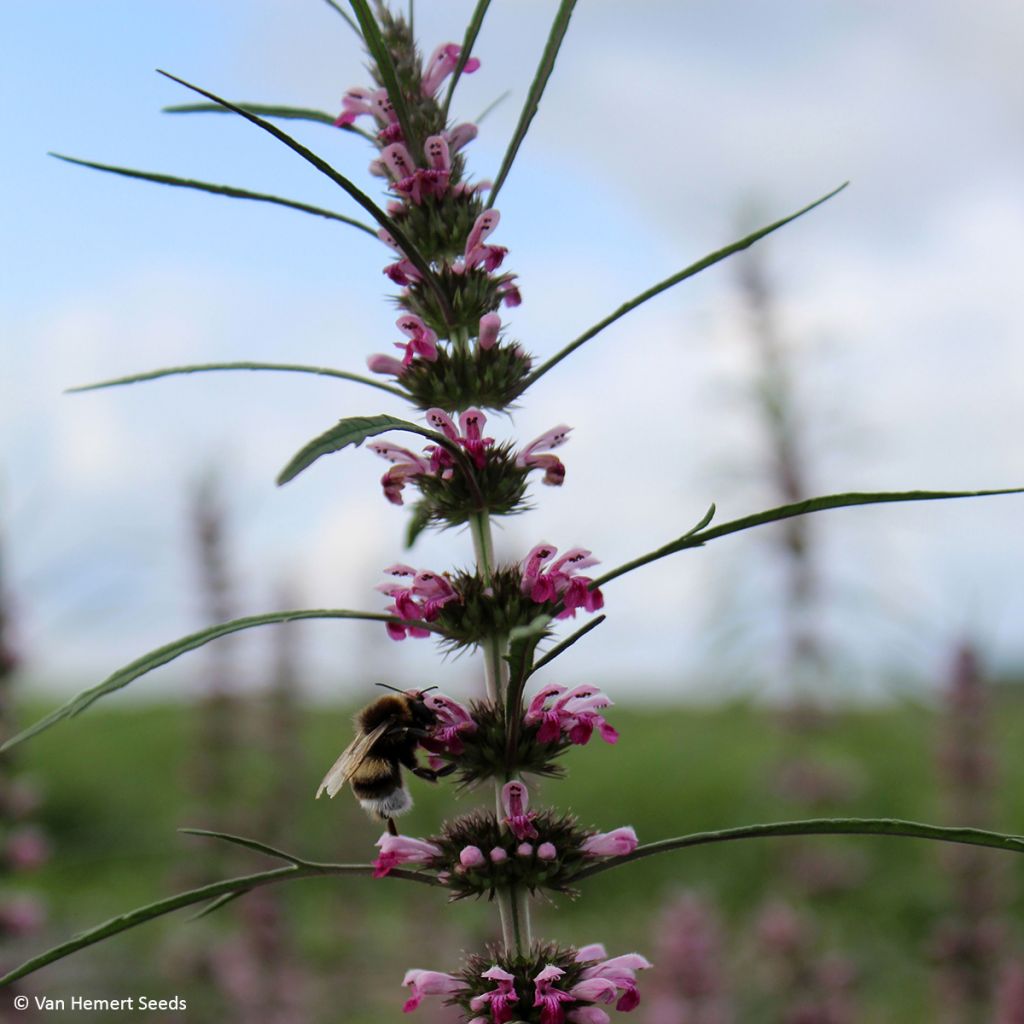

Salvia sclarea var. turkestanica Seeds - Clary Sage
Salvia sclarea var. turkestanica Seeds - Clary Sage
Leonurus sibiricus
This item cannot be shipped to the selected country
Dispatch by letter from €3.90
Delivery to Corse prohibited
More information
Schedule delivery date,
and select date in basket
This plant carries a 6 months recovery warranty
More information
We guarantee the quality of our plants for a full growing cycle, and will replace at our expense any plant that fails to recover under normal climatic and planting conditions.
Seed-only orders are dispatched by sealed envelope. The delivery charge for seed-only orders is €3.90.
Delivery to Corse prohibited: UE law prohibits the import of this plant from mainland France to Corse as part of the fight against Xylella fastidiosa. Please accept our sincere apologies.
More information
Does this plant fit my garden?
Set up your Plantfit profile →
Description
Salvia sclarea var. turkestanica, also called clary sage, is an imposing biennial which is sometimes grown as a perennial. In spring, it bears giant inflorescences in plumes made up of small blue and creamy white flowers, surrounded by large pearly pinkish-white bracts that reflect the light playfully. All the parts of the inflorescence are glandular, aromatic and contain an abundance of essential oil with well-known medicinal properties. This magnificent variety copes even better with dry conditions than the type species and thrives in light, well-drained soils. It self-seeds easily in the garden.
Clary sage is a plant of the family Lamiaceae that is native to Southern Europe, North Africa and Central Asia. It is a perennial plant in theory, but it usually behaves like a biennial, dying after an over-production of seeds in its second year of existence. It develops a large rosette measuring 60 to 80 cm in diameter that persists in winter, that is composed of thick, simple, bluish-green, pubescent leaves that, when touched, give off a pervasive fragrance with notes of musk and grapefruit. In June-July, or even earlier depending on the climate, strong, branched inflorescences emerge from the rosette, rising 1.20 m from the ground, slowly unfurling quadrangular stems loaded with a profusion of flowers. The bicoloured small flowers are pale blue and creamy white and are enhanced by very decorative, pearly pink bracts. Flowers are followed by the formation of small, fine, oblong, dark-coloured seeds. If the plant is allowed to produce seeds, it may die. To keep it a little longer and to prevent it from self-seeding everywhere else, simply remove the wilted inflorescences.
In Haute Provence, clary sage escapes from crop fields, spreading its monumental inflorescences between clumps of lavender, painting a luminous and fragrant picture under the scorching June sun. You can draw inspiration from these type of scenes to use in the garden: combine it with thyme, common sage, grey sagebrushs and the very lively blooms of shrubby sages. This spectacular plant will light up an entire perennial bed and goes well with the old roses. If left to re-seed, it will quickly fill up any open spaces in beds. Clary sage leaves can be safely used to flavour soups, meat, game...
Clary sage has long been known for its medicinal properties, which have earned it the name "toute-bonne" or "everything-good" in English, and is currently cultivated on a large scale in Provence for its essential oil, which is used in phytotherapy and in perfumery.
Report an error about the product description
Salvia sclarea var. turkestanica Seeds - Clary Sage in pictures


Flowering
Foliage
Plant habit
Botanical data
Leonurus
sibiricus
Lamiaceae
East Asia
Other Flower seeds
Planting and care
Sowing in spring: Sow in March-April at a depth of 0.3 cm, in a fine growing medium made up of earth, sand and fine gravel. Maintain under cover at 20 °C. Then prick out seedlings into individual pots. Place them in open ground once they have reached a height of 10 cm, between the months of May and June. For the plants to thrive correctly, they should be planted 0.5 m apart. Water regularly. Sowing in autumn: best done in warmer, Mediterranean-type climates and leads to earlier flowering. Sow directly in light soil in September-October.
Sowing period
Intended location
This item has not been reviewed yet - be the first to leave a review about it.
Haven't found what you were looking for?
Hardiness is the lowest winter temperature a plant can endure without suffering serious damage or even dying. However, hardiness is affected by location (a sheltered area, such as a patio), protection (winter cover) and soil type (hardiness is improved by well-drained soil).

Photo Sharing Terms & Conditions
In order to encourage gardeners to interact and share their experiences, Promesse de fleurs offers various media enabling content to be uploaded onto its Site - in particular via the ‘Photo sharing’ module.
The User agrees to refrain from:
- Posting any content that is illegal, prejudicial, insulting, racist, inciteful to hatred, revisionist, contrary to public decency, that infringes on privacy or on the privacy rights of third parties, in particular the publicity rights of persons and goods, intellectual property rights, or the right to privacy.
- Submitting content on behalf of a third party;
- Impersonate the identity of a third party and/or publish any personal information about a third party;
In general, the User undertakes to refrain from any unethical behaviour.
All Content (in particular text, comments, files, images, photos, videos, creative works, etc.), which may be subject to property or intellectual property rights, image or other private rights, shall remain the property of the User, subject to the limited rights granted by the terms of the licence granted by Promesse de fleurs as stated below. Users are at liberty to publish or not to publish such Content on the Site, notably via the ‘Photo Sharing’ facility, and accept that this Content shall be made public and freely accessible, notably on the Internet.
Users further acknowledge, undertake to have ,and guarantee that they hold all necessary rights and permissions to publish such material on the Site, in particular with regard to the legislation in force pertaining to any privacy, property, intellectual property, image, or contractual rights, or rights of any other nature. By publishing such Content on the Site, Users acknowledge accepting full liability as publishers of the Content within the meaning of the law, and grant Promesse de fleurs, free of charge, an inclusive, worldwide licence for the said Content for the entire duration of its publication, including all reproduction, representation, up/downloading, displaying, performing, transmission, and storage rights.
Users also grant permission for their name to be linked to the Content and accept that this link may not always be made available.
By engaging in posting material, Users consent to their Content becoming automatically accessible on the Internet, in particular on other sites and/or blogs and/or web pages of the Promesse de fleurs site, including in particular social pages and the Promesse de fleurs catalogue.
Users may secure the removal of entrusted content free of charge by issuing a simple request via our contact form.
The flowering period indicated on our website applies to countries and regions located in USDA zone 8 (France, the United Kingdom, Ireland, the Netherlands, etc.)
It will vary according to where you live:
- In zones 9 to 10 (Italy, Spain, Greece, etc.), flowering will occur about 2 to 4 weeks earlier.
- In zones 6 to 7 (Germany, Poland, Slovenia, and lower mountainous regions), flowering will be delayed by 2 to 3 weeks.
- In zone 5 (Central Europe, Scandinavia), blooming will be delayed by 3 to 5 weeks.
In temperate climates, pruning of spring-flowering shrubs (forsythia, spireas, etc.) should be done just after flowering.
Pruning of summer-flowering shrubs (Indian Lilac, Perovskia, etc.) can be done in winter or spring.
In cold regions as well as with frost-sensitive plants, avoid pruning too early when severe frosts may still occur.
The planting period indicated on our website applies to countries and regions located in USDA zone 8 (France, United Kingdom, Ireland, Netherlands).
It will vary according to where you live:
- In Mediterranean zones (Marseille, Madrid, Milan, etc.), autumn and winter are the best planting periods.
- In continental zones (Strasbourg, Munich, Vienna, etc.), delay planting by 2 to 3 weeks in spring and bring it forward by 2 to 4 weeks in autumn.
- In mountainous regions (the Alps, Pyrenees, Carpathians, etc.), it is best to plant in late spring (May-June) or late summer (August-September).
The harvesting period indicated on our website applies to countries and regions in USDA zone 8 (France, England, Ireland, the Netherlands).
In colder areas (Scandinavia, Poland, Austria...) fruit and vegetable harvests are likely to be delayed by 3-4 weeks.
In warmer areas (Italy, Spain, Greece, etc.), harvesting will probably take place earlier, depending on weather conditions.
The sowing periods indicated on our website apply to countries and regions within USDA Zone 8 (France, UK, Ireland, Netherlands).
In colder areas (Scandinavia, Poland, Austria...), delay any outdoor sowing by 3-4 weeks, or sow under glass.
In warmer climes (Italy, Spain, Greece, etc.), bring outdoor sowing forward by a few weeks.

































